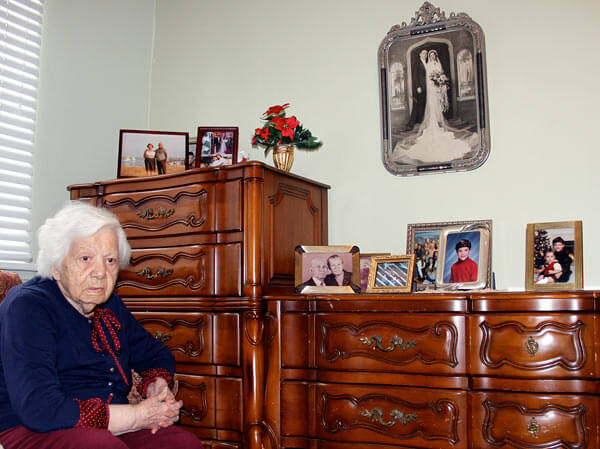By Joe Anuta
Within the walls of the New York Armenian Home for the Aged in Flushing, the last accounts of a nearly century-old genocide are fading away.
The home, near the corner of 45th Avenue and Colden Street, is the only assisted-living facility on the East Coast that exclusively houses those from the Eurasian country.
Each year, residents sit down and tell their personal accounts of living through the Armenian Genocide, which occurred between 1915 and 1923 under the waning Ottoman Empire. Anywhere from 600,000 to 2 million Armenian people were murdered, depending on various accounts, and some of those who lived through the bloody period following World War I found themselves scattered in diasporas across the world, including in New York.
At its peak, the quaint Flushing building housed 71 Armenians, 21 of whom were genocide survivors. Now there are 34 residents and only four are survivors.
“It’s about culture, tradition and trying to keep those who suffered through the genocide together,” said Aggie Ellian, executive director of the house.
But that is proving harder to do as the residents age.
Perouze Kalousdian was born in 1909 and recently celebrated her 103rd birthday. On Tuesday, she was wheeled into the front room of the Home for the Aged.
Although Kalousdian is still spry and articulate, she was only 6 when the genocide began. By last Tuesday she had lived 37,682 days, and understandably had some trouble sifting through all those memories.
She still recalls members of the Young Turks regime coming to her village, tying up the men and taking them away. Her mother cried, but would not say what was happening, Kalousdian said.
“After that, I don’t know what happened to us,” she said. “Time passed, and I forgot.”
Recollections lost in the fog might actually provide some respite for Kalousdian, who said she hates thinking about the war.
But Ellian and others active in the Armenian community know that preserving their stories is important.
“These are the living survivors. Once they go, it will be the ‘alleged’ genocide,” she said.
The house, and the Armenian community in general, now faces the loss of living history.
In years past, 100-year-old Charlotte Kechejian recalled marching through the desert with her mother to flee their village. This year she could not.
The trials of Kalousdian and Kechejian are well-documented in news reports from previous events.
Kalousdian and her mother were forced into servitude for a member of the Turkish government before fleeing to Aleppo, Syria, and later leaving for America. Kechejian eventually moved to New Jersey where she and her husband sent three children to college.
But firsthand knowledge is hard to top, especially because the existence of the genocide remains a highly controversial issue. Both New York City and the state have formally recognized it, but the U.S. House of Representatives has not, although the Armenian community hopes that will change.
On April 21, it will hold a 98th anniversary commemoration in Manhattan to keep pushing the subject.
Reach reporter Joe Anuta by e-mail at januta@cnglocal.com or by phone at 718-260-4566.


































